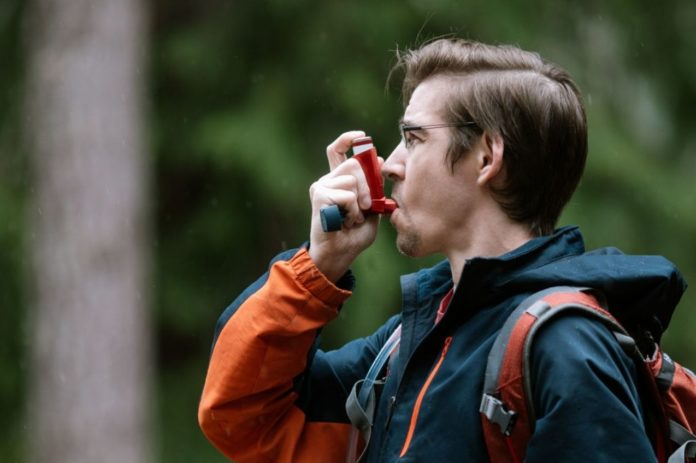The study, published in the Journal of Clinical Investigation, uncover potential points of intervention that may help prevent chronic lung damage caused by viral infections.
Researchers of Washington University School of Medicine in St. Louis have discovered new information about how lung damage occurs following a respiratory infection.
They discovered that infection boosts the expression of a protein called IL-33, which is required for lung stem cells to proliferate into air gaps, as well as mucus formation and inflammation in the lung.
Acute respiratory infections have long been known as a risk factor for chronic lung disease. Children hospitalized with the respiratory syncytial virus, for example, have a two- to fourfold increased risk of developing asthma that lasts for an extended length of time, maybe a lifetime.
However, the precise mechanism by which an acute respiratory infection becomes chronic disease is unknown, making it challenging to design medicines to prevent or treat it.
The team including senior author Michael J. Holtzman and colleagues, with the first author Kangyun Wu, PhD, an instructor of medicine, examined mice infected with the Sendai virus as part of this study. While Sendai does not cause major disease in humans, it naturally infects other animals, particularly mice, and produces respiratory infections similar to those found in humans.
The researchers compared lung tissues from mice 12 and 21 days after infection with Sendai virus to uninfected mice’s lung tissues. They discovered that two distinct populations of stem cells contribute to the maintenance of the lung’s barrier to the outside world in uninfected mice.
However, following infection with the Sendai virus, these two populations begin to grow and spread into air gaps independently. Basal cells colonise tiny airways and air sacs, whereas AT2 cells are restricted to air sacs.
Certain new basal cells differentiate into mucus-producing cells, while others secrete chemicals that attract immune cells to the lungs. When combined, the process results in lungs with decreased air space, more mucus, and chronic inflammation, all of which obstruct breathing.
Additional investigations established that this process is dependent on the protein IL-33. Under normal settings, IL-33 is found in the nucleus of lung stem cells and helps the lung in repairing broken barriers. However, during and after infection, IL-33 can play a more harmful effect.
To determine the involvement of IL-33 in post-viral lung injury, the researchers genetically engineered mice to be deficient in IL-33 in their baseline population of lung stem cells. The scientists next infected those mice – as well as an unaltered control group – with the Sendai virus. Both groups of mice were equally effective at fighting off an initial infection with the Sendai virus. However, three weeks after infection, mice lacking IL-33 showed significantly less cellular overgrowth, mucus, and inflammation in their lungs, indicating that they had fewer symptoms of detrimental lung alterations. At seven weeks after infection, animals lacking IL-33 in basal cells also showed increased blood oxygen levels and decreased airway hyperresponsiveness, both of which are indicators of recovery in their chronic lung disease.
The research suggests that inhibiting the steps between IL-33 and basal cell activation could serve as the basis for broadly effective therapies to prevent or treat lung disease caused by a variety of viruses and possibly other types of injury in the lung and other sites where the body meets the outside world.
Image Credit: Getty
